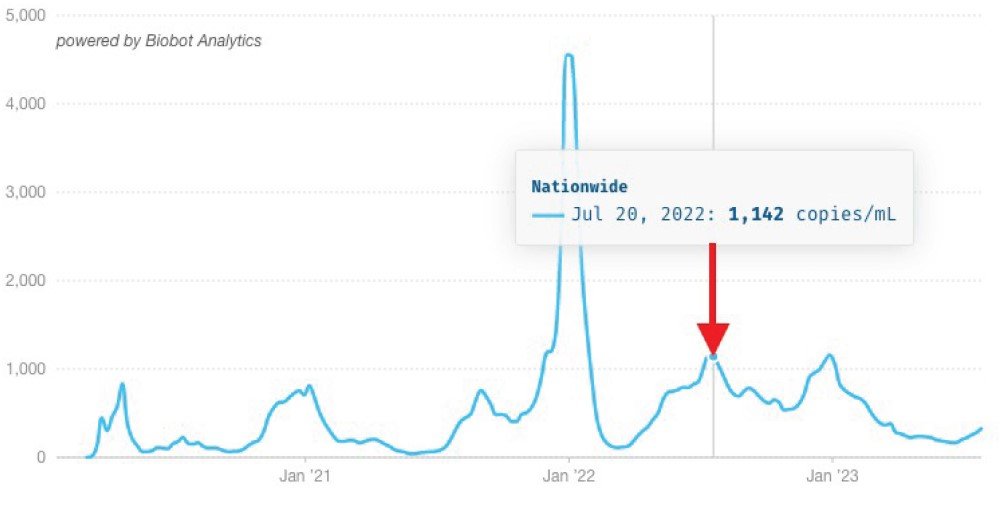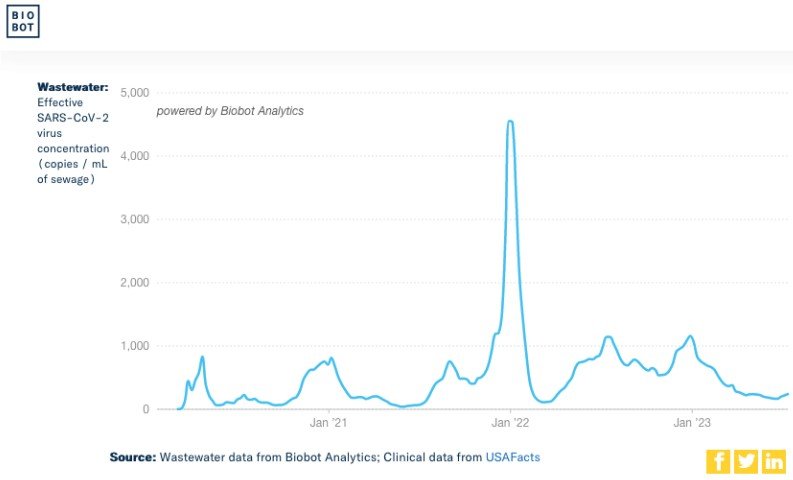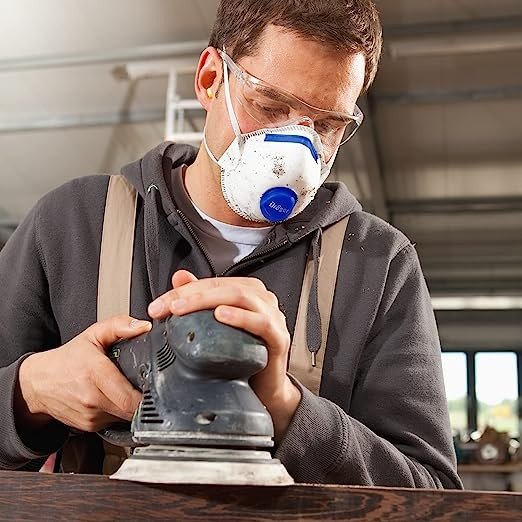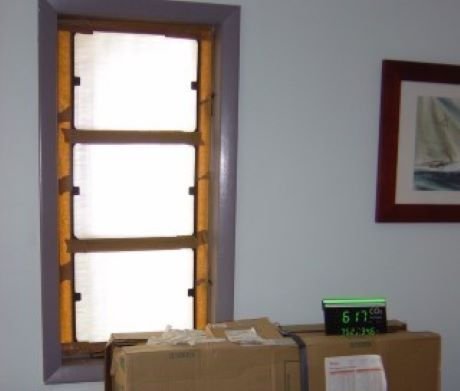Here’s a roundup of recent news, along with my viewpoints.
The Summer Bump Is Now a Slow Surge
The amount of covid-19 virus in our communities, number of cases and hospitalizations, stories of famous people who have been infected again, all are on the rise as we approach the change of seasons and the start of the school year. Vaccines and past infections are wearing out—a woman was in the news for getting the disease for a fifth time!
The good news for much of the country is that more temperate weather will result in more open windows and more fresh air from mechanical systems in buildings—so that will help a bit. The bad news is that most people are not using the best methods to minimize the spread of the disease. And many are in complete denial— in fact, "22% of Republicans say there never was a COVID-19 pandemic.”
At Schools, People Are Keeping Their Fingers Crossed
And apparently, that’s about it. In Chicago, the school system has about 100 staff and students already known to be infected, but they are not planning to be testing students at school, even when the students report being sick. "The district will no longer do in-school COVID testing, but will provide at-home rapid tests to students and staff … “ It would reduce the spread if they would immediately isolate and test the students who report being sick during the school day. Since adults are more susceptible to covid-19 than children, schools could almost eliminate the spread by having all adults do an antigen test at the start of each school day, ensuring that none of them are contagious that day.
Outbreaks Are Again Occurring in Nursing Homes and Hospitals
For example, in Santa Cruz County, California, “four of the county’s seven nursing homes were experiencing COVID outbreaks as of Tuesday, meaning each had three or more infections at once. … Five deaths had been reported across the seven facilities in the past two weeks. …”
This is so sad, and so easily preventable. Cases and deaths easily can be prevented by daily antigen testing of each person who has been outside the facility the day before. As we reported in the Dec. 16th, 2022 blog post, tests cost no more than $5 each.
Now You Can Search This Blog!
We have added a “search” bar for this blog - scroll all the way down
to the very bottom of a blog page to find the search bar.

















